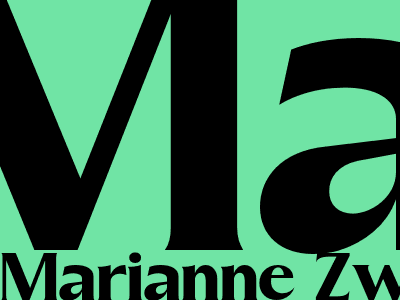
Defending the Dutch coast: Marianne Zwagerman's fight for nature
The battle to save the Dutch coast from flooding
The Netherlands is a low-lying country, and much of it is below sea level. As a result, the Dutch have a long history of building dikes and other flood defenses to protect their land from the sea. In recent years, however, the Dutch government has begun to adopt a more sustainable approach to coastal protection, one that focuses on working with nature rather than against it.
One of the pioneers of this new approach is Marianne Zwagerman, a Dutch ecologist and water management expert. Zwagerman has spent her career working to develop innovative ways to protect the Dutch coast from flooding, while also preserving the natural environment.
Working with nature
Zwagerman believes that the best way to protect the Dutch coast is to work with nature, not against it. She argues that traditional flood defenses, such as dikes and seawalls, are expensive to build and maintain, and they can also have a negative impact on the natural environment.
Instead, Zwagerman advocates for using natural methods to protect the coast, such as planting salt marshes and sand dunes. These natural defenses are not only more sustainable, but they can also be more effective than traditional flood defenses.
Challenges and successes
Zwagerman's work has not been without its challenges. She has faced opposition from both environmentalists and engineers, who have argued that her approach is too risky. However, she has also had some notable successes. In 2011, she was awarded the Goldman Environmental Prize for her work on coastal protection.
Zwagerman's work is an important example of how we can use nature to protect ourselves from the effects of climate change. As the sea levels continue to rise, we will need to find new and innovative ways to protect our coasts. Zwagerman's work shows us that it is possible to do so in a way that is both sustainable and effective.